Food
The nutritional power of peas
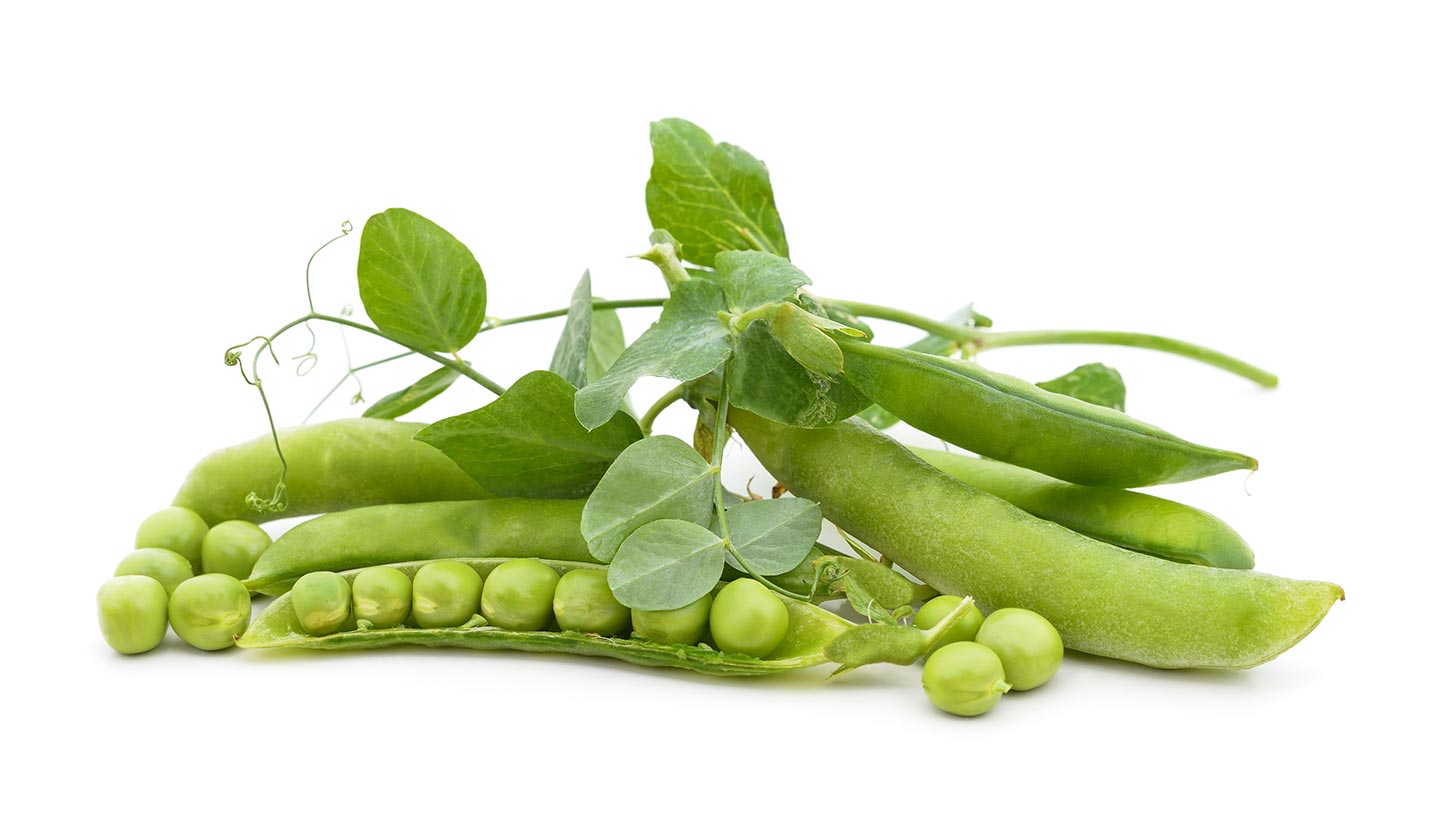
Peas are small green legumes that belong to the same family as beans and lentils. Although they are often considered only as a side dish or ingredient in recipes, peas have impressive nutritional value.
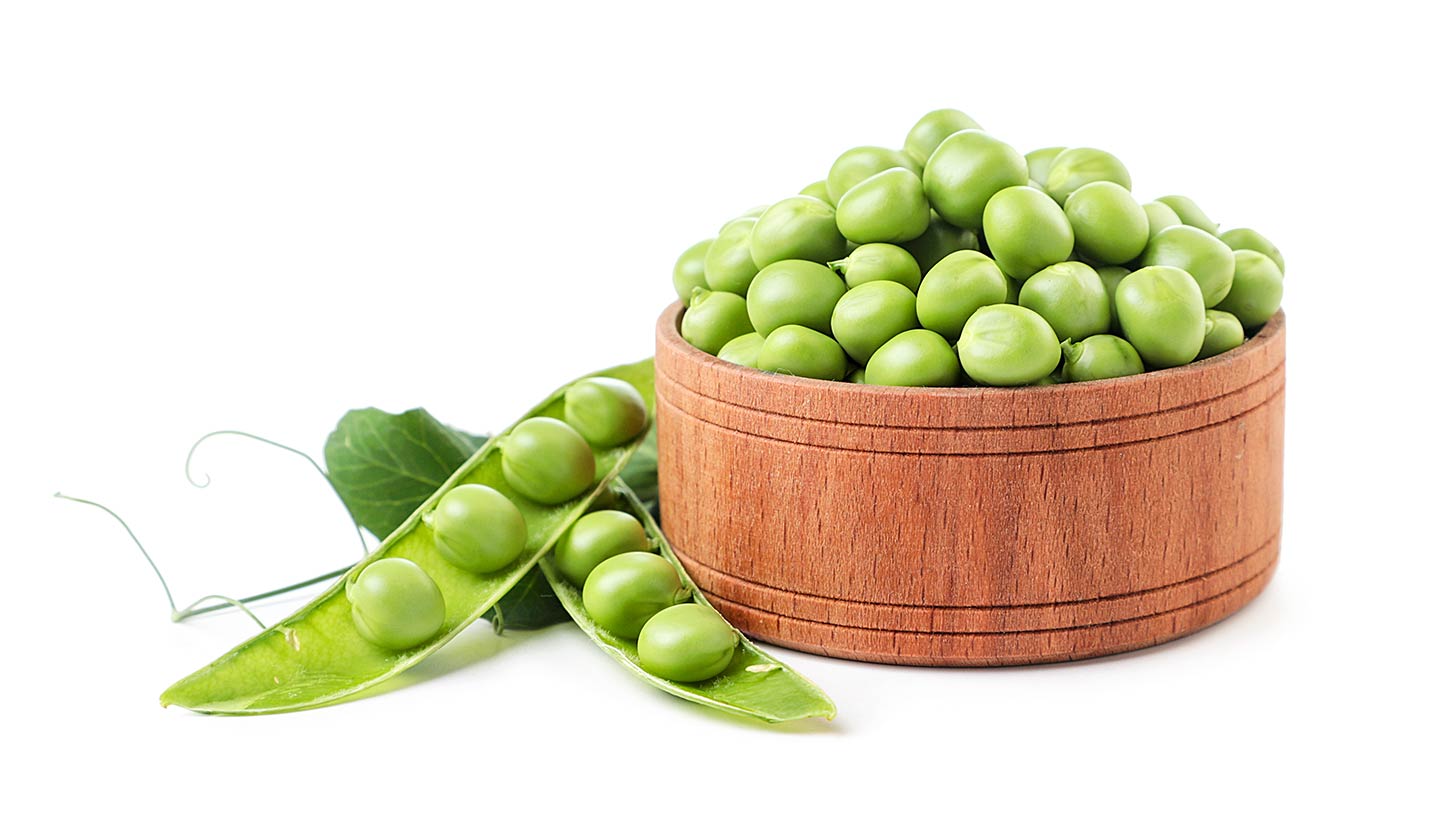
Source of vegetable protein
Peas are an excellent source of vegetable protein. They are a healthy alternative for people who follow a vegetarian or vegan diet and wish to obtain protein without relying exclusively on animal sources. The protein found in peas contains a combination of essential amino acids, which are the building blocks of our body and are necessary for the growth, repair and proper functioning of tissues.
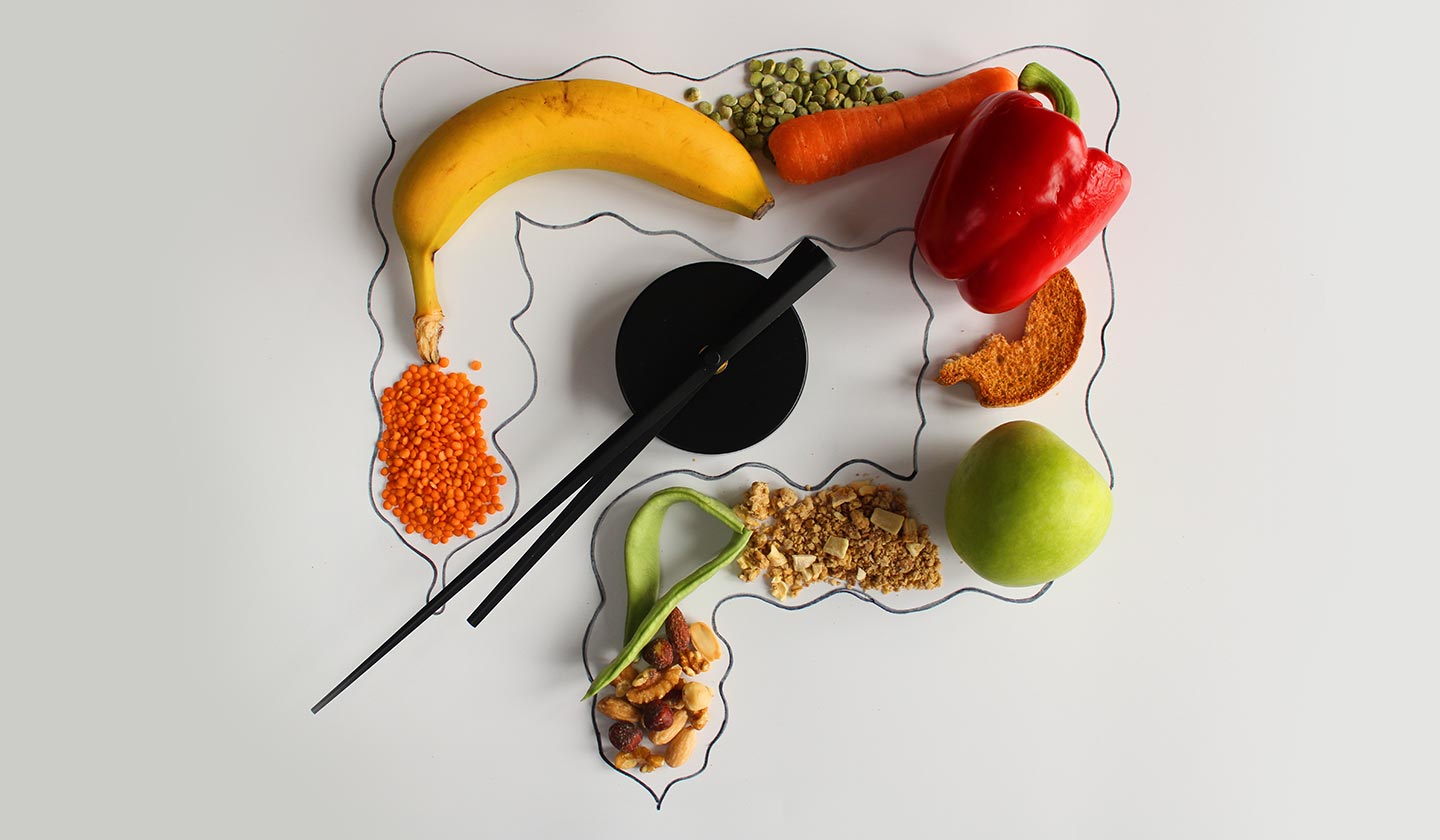
Fibre for healthy digestion
Peas are rich in dietary fibre, which plays a vital role in digestive health. Fibre helps promote bowel regularity, prevent constipation and maintain a healthy digestive system. In addition, dietary fibre contributes to the feeling of satiety, which can assist in weight management and reducing overeating.
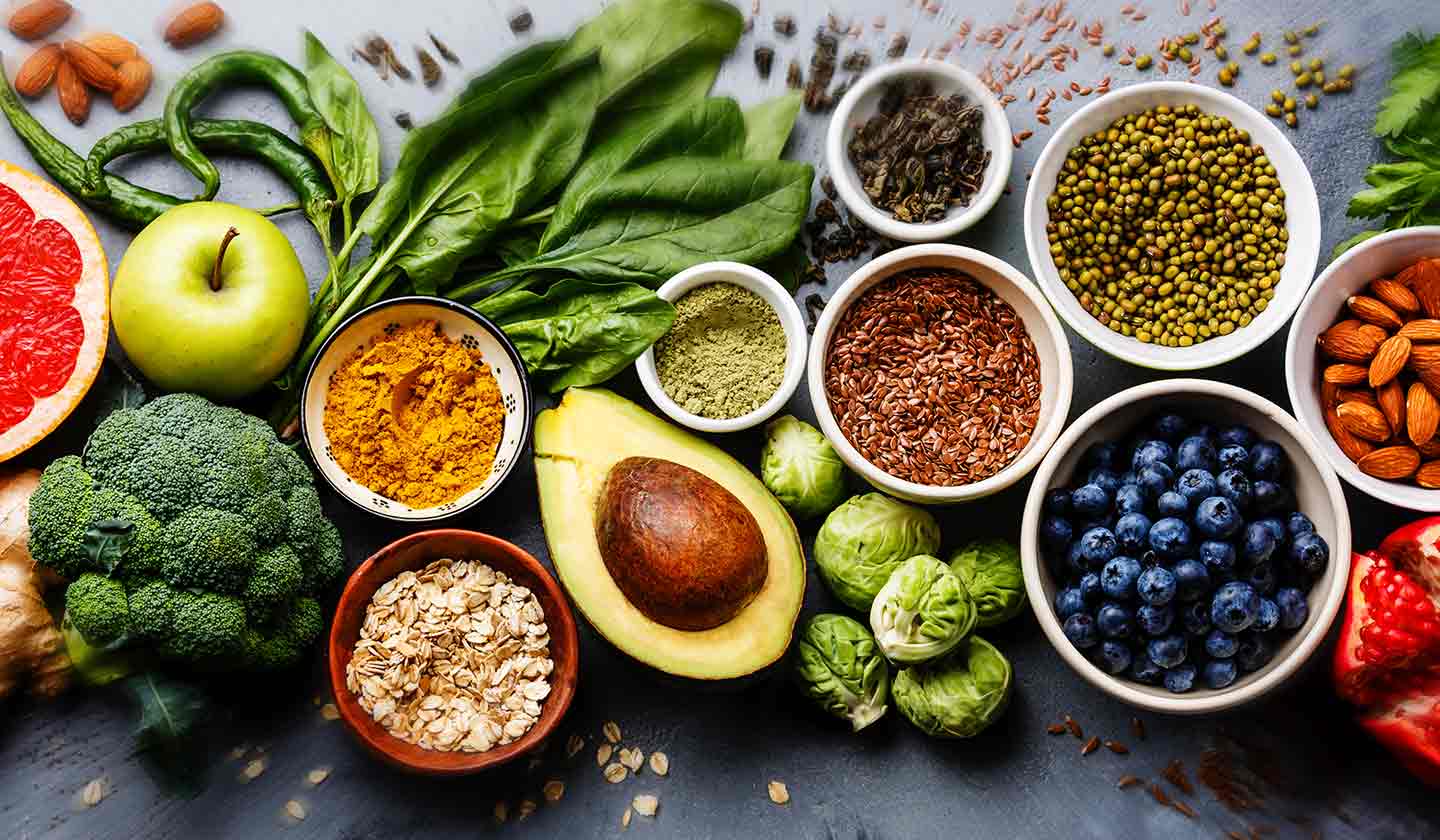
Essential vitamins and minerals
Peas are an excellent source of several vitamins and minerals essential for good health. They are especially rich in vitamin K, vitamin C, vitamin A, folate and vitamin B6. Vitamin K is important for blood clotting and bone health, while vitamin C is a powerful antioxidant that strengthens the immune system and aids in iron absorption. Folate plays a crucial role in blood cell formation and preventing neural tube defects during pregnancy. In addition, peas also provide minerals such as iron, zinc, magnesium and potassium, which perform essential functions in the body.
Rich in antioxidants
Peas contain a variety of antioxidants that are beneficial to health. Antioxidants help fight oxidative stress and protect the body against free radical damage, which is associated with premature ageing and the development of chronic diseases. Peas are particularly rich in flavonoids, carotenoids and ascorbic acid, which have antioxidant properties.
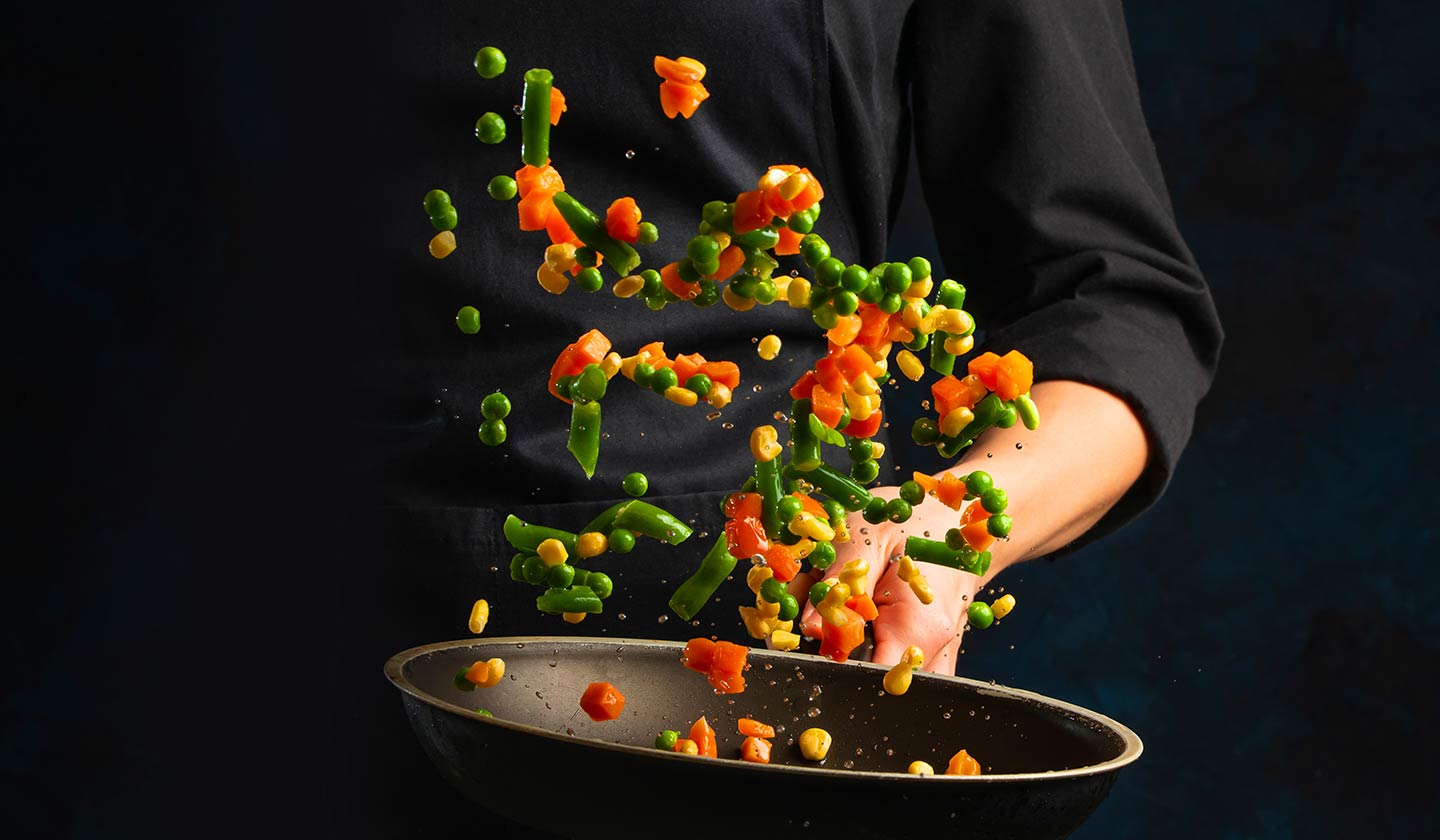
Culinary versatility
In addition to their nutritional value, peas are extremely versatile in the kitchen. They can be eaten fresh, frozen or canned, and can be added to a variety of dishes. Peas can be used in salads, soups, stews, side dishes and even as a main ingredient in vegetarian dishes. Their smooth texture and sweet flavour complement many dishes, adding a touch of freshness and colour.
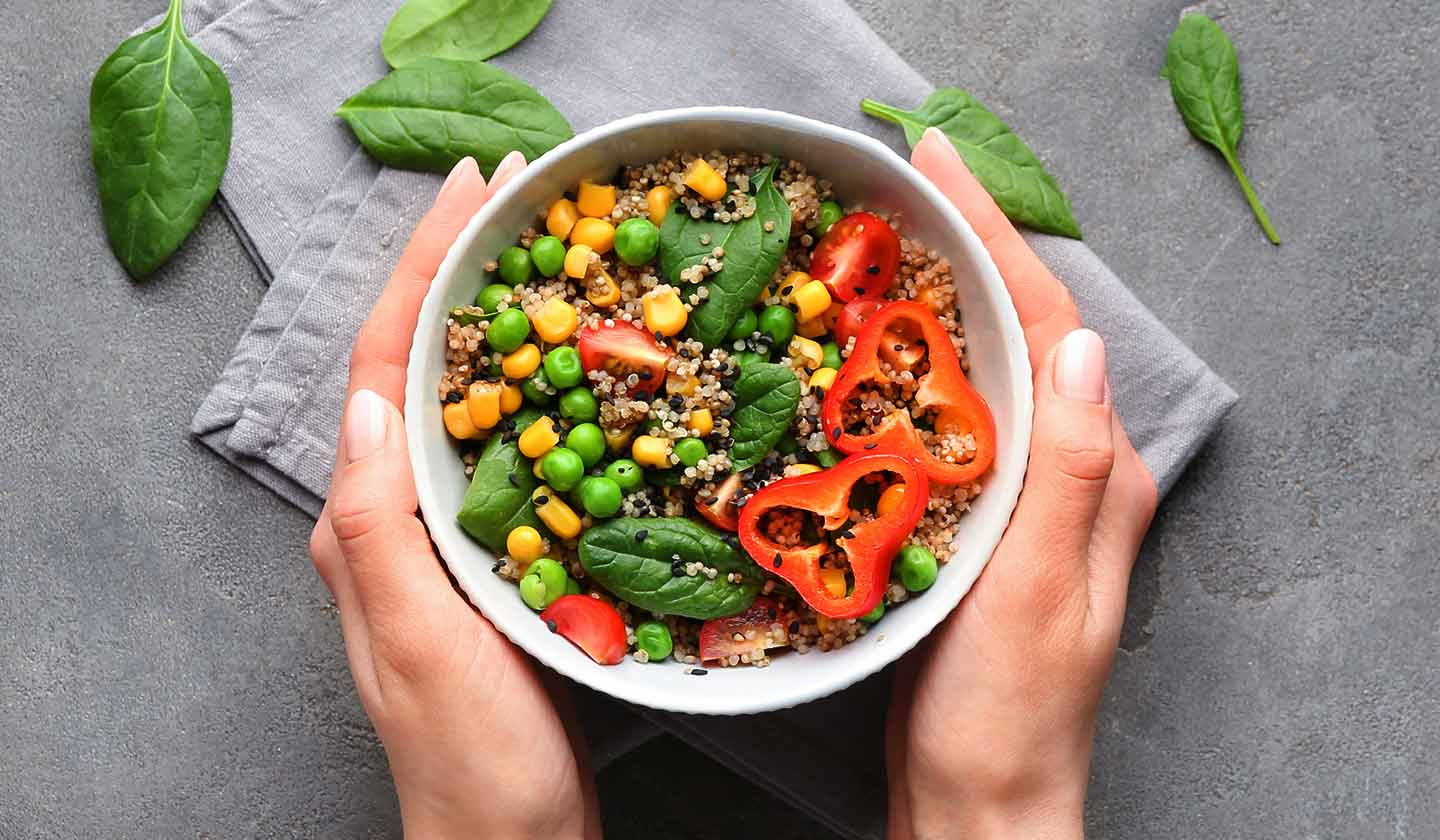
Incorporating peas into a healthy diet
Peas can easily be incorporated into a healthy diet. They can be eaten cooked, sautéed, added to hot or cold dishes, and even used in smoothies or puree recipes. In addition, you can combine them with other vegetables and legumes to create nutritious and tasty dishes.
Conclusion
Peas are small legumes with significant nutritional power. They are an excellent source of vegetable protein, fibre, vitamins, minerals and antioxidants. By adding peas to your diet, you can increase the nutritional content of your meals, enjoy their health benefits and take advantage of their culinary versatility.
Recipes
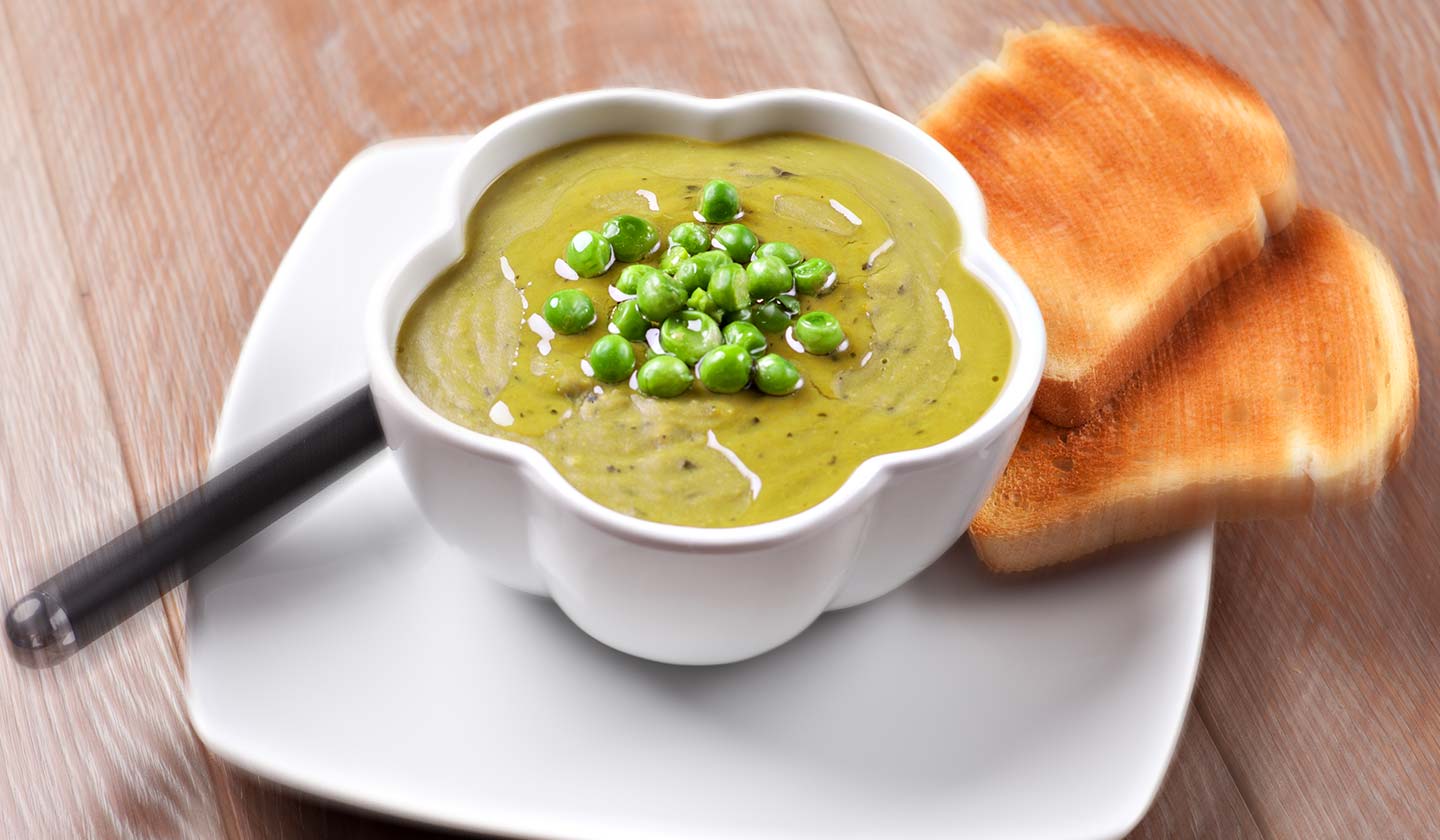
Pea Soup
Ingredients:
- 2 cups dried peas
- 1 onion, chopped
- 2 cloves of garlic, chopped
- 2 chopped carrots
- 2 stalks of celery, chopped
- 4 cups vegetable stock
- Salt and pepper to taste
- 2 tablespoons of olive oil
Preparation:
- In a large pan, heat the olive oil over medium heat. Add the onion, garlic, carrot and celery and saute for 5 minutes until soft.
- Add the dried peas and vegetable stock to the pan. Season with salt and pepper.
- Bring the soup to the boil and then reduce the heat. Cook about 40-50 minutes, stirring occasionally, until the peas are soft.
- Use a blender or hand blender to whisk the soup to a creamy consistency.
- Adjust seasoning if necessary and serve hot.
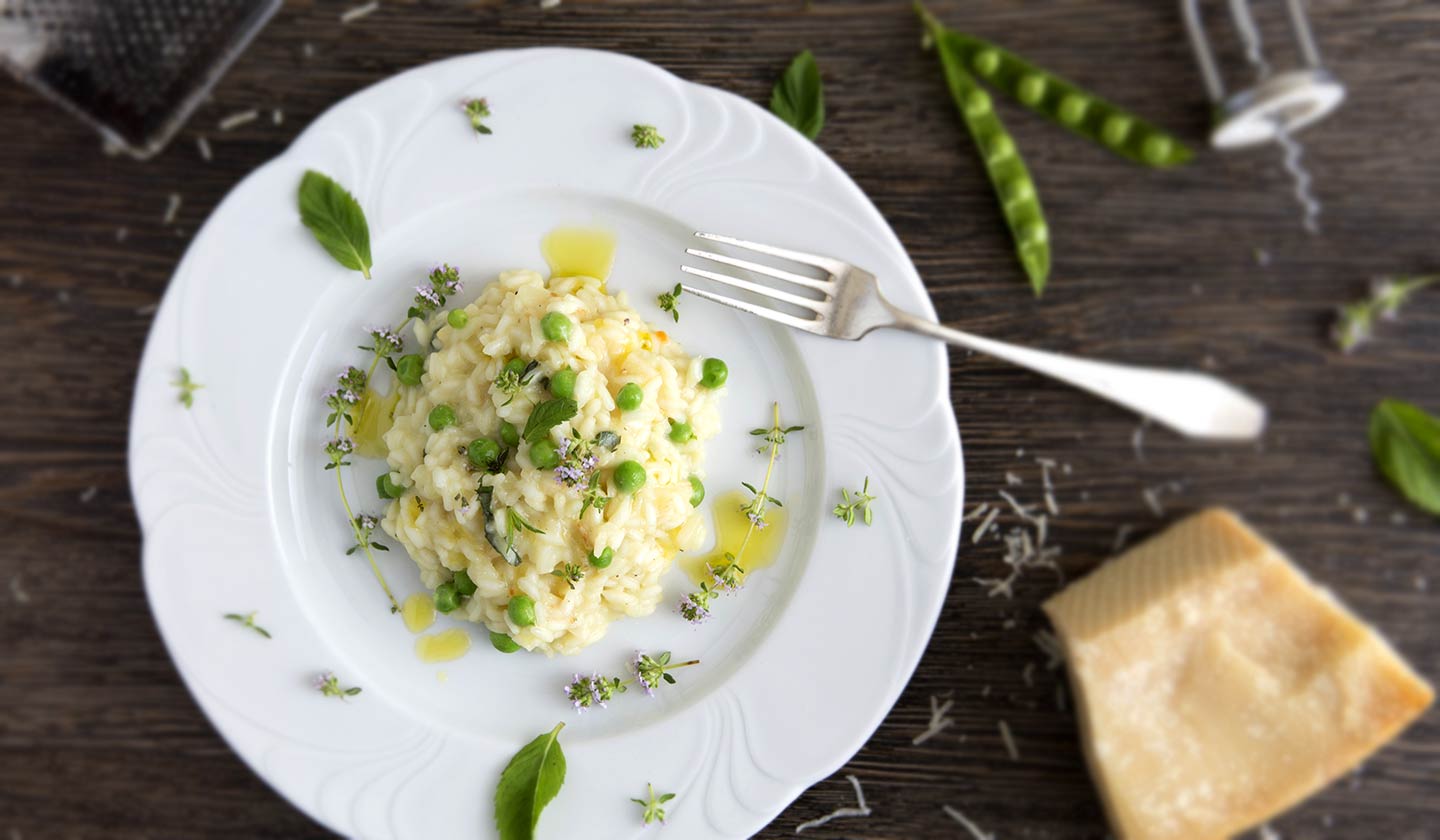
Pea Risotto
Ingredients:
- 1 cup of arborio rice (suitable for risotto)
- 1/2 cup fresh or frozen peas
- 1 onion, chopped
- 2 cloves of garlic, chopped
- 4 cups of vegetable stock
- 1/2 cup white wine
- 2 tablespoons of butter
- 1/2 cup grated parmesan cheese
- Salt and pepper to taste.
Preparation:
- In a saucepan, heat the vegetable stock and keep over low heat.
- In another large saucepan, melt 1 tablespoon of butter and saute the onion and garlic until soft.
- Add the rice and stir about 1 minute to coat with the butter.
- Add the white wine and stir until absorbed.
- Add a ladle of hot vegetable stock to the rice and stir until absorbed. Continue adding the broth, one ladle at a time, stirring constantly, until the rice is al dente (cooked but still firm).
- Add the peas and cook for a further 2-3 minutes until soft.
- Remove the pan from the heat and add the parmesan cheese and the remaining butter. Season with salt and pepper and stir well until you get a creamy texture.
- Let the risotto rest for a few minutes before serving. Garnish with more parmesan cheese, if desired.
Ana Neto
(Pharmaceutical)






